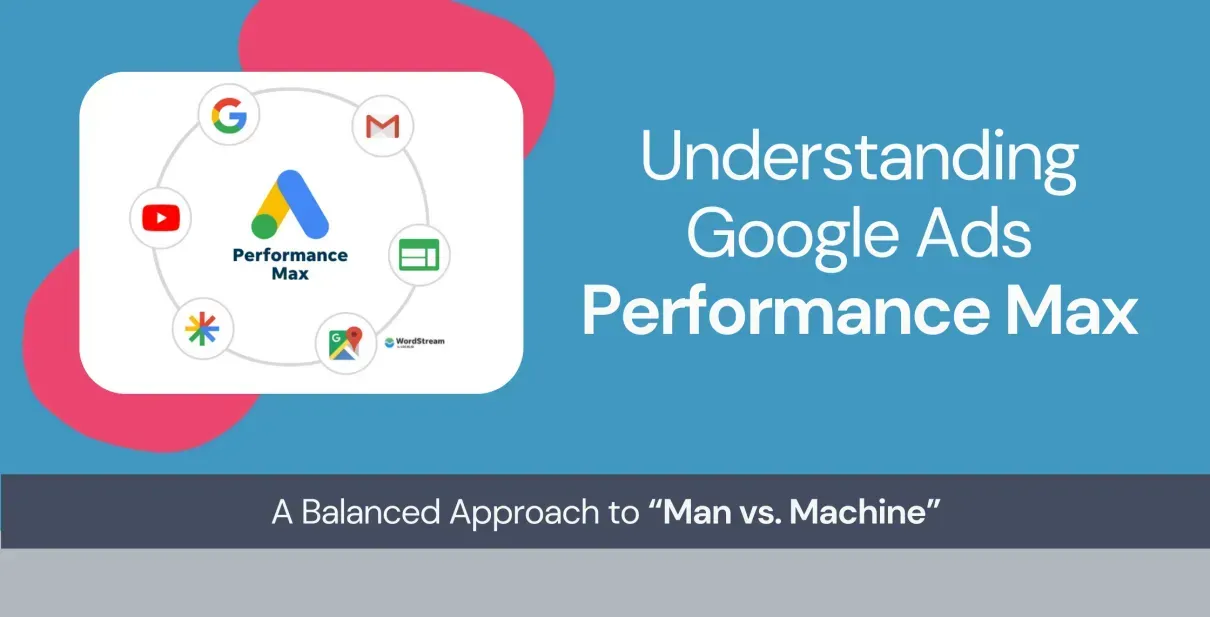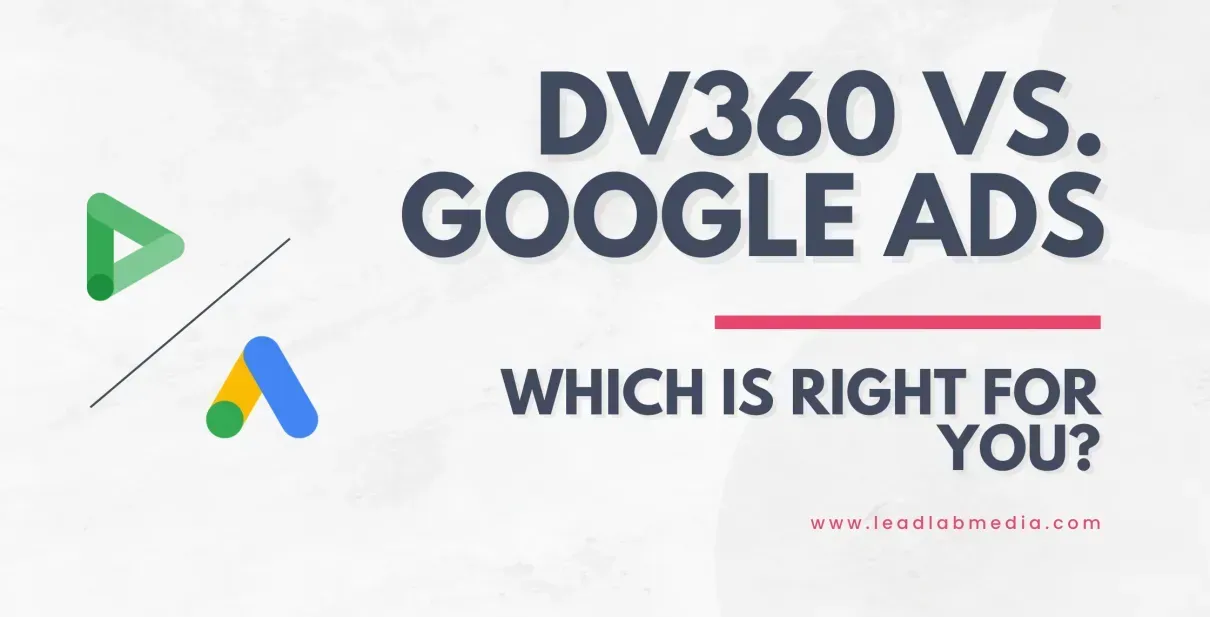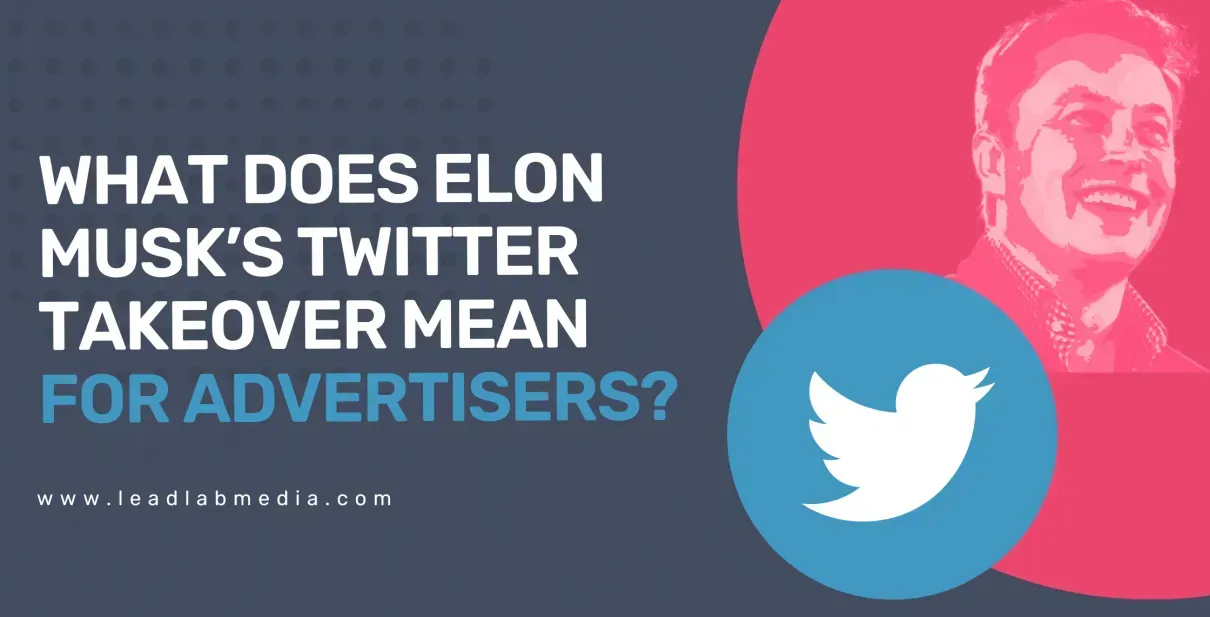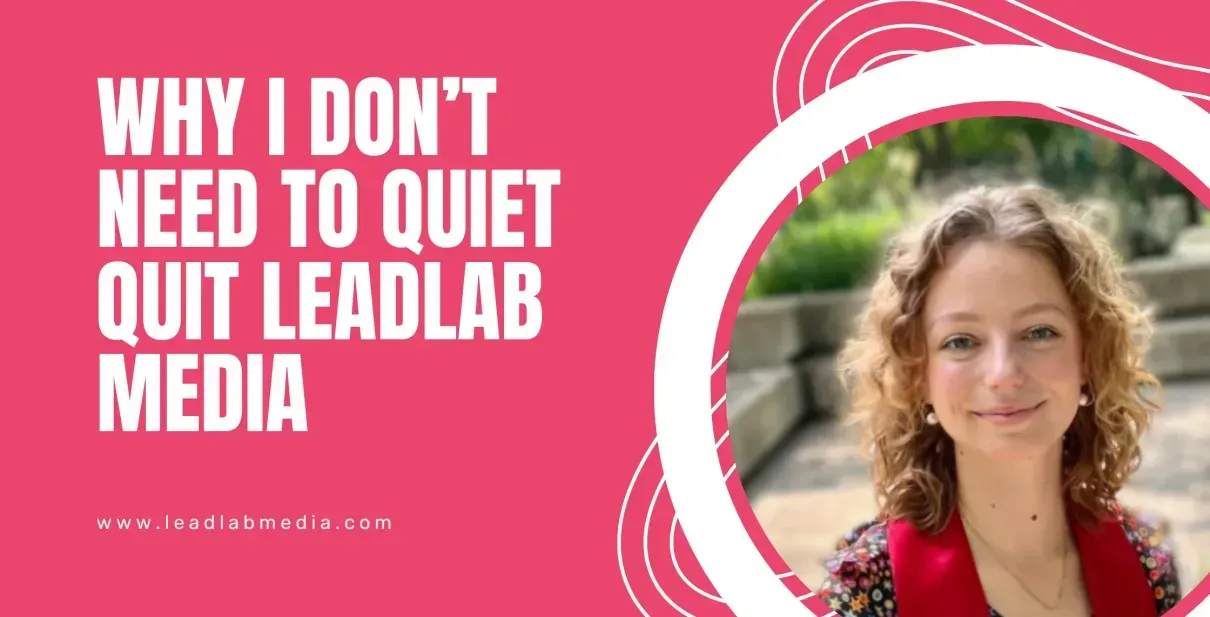Understanding Google Ads Performance Max: A Balanced Approach to “Man vs. Machine”

If you’re running Google Ads, you’ve probably heard about Performance Max. Google is pushing this “catch-all” campaign, which allows advertisers to serve ads across all of Google’s inventory—YouTube, Display, Discovery, Maps, and more—using a single campaign. Powered by machine learning, Performance Max automatically allocates your budget to optimize for conversions based on the signals you provide.
While it might sound like the ultimate solution for performance marketers, it’s important to understand the pros and cons before diving in. At LeadLab Media, our approach is to blend traditional campaign types, where we have more control, with machine-driven campaigns like Performance Max. This creates a balance we like to call “man vs. machine”—letting the machines do their thing while still keeping key optimizations in our own hands.
What is Performance Max?
Performance Max learns from all your campaigns and optimizes ad placement in real-time, supposedly delivering the best ROI possible. However, we’ve found that running Performance Max alongside other campaign types allows us to test the man vs. machine method and encourages the algorithms to perform at their peak.
Our Philosophy: Man vs. Machine
We’re big believers in testing, measuring, and optimizing. That’s why our strategy with Performance Max is to have a mix: campaigns we fully control, such as Search and Shopping, and campaigns where the algorithm has more freedom to perform, like Performance Max. The idea is simple: we optimize what we can, and we let the machines try to outperform us in areas where they have more data and insight.
Some advertisers have found great success with Performance Max, while others have seen less impact. It largely depends on the audience, the amount of data available, and the advertiser’s goals. Performance Max is good, but it isn’t a magic bullet, which is why we advocate for a thoughtful, measured approach.
Controls in Performance Max Campaigns
Though Google handles a lot of the heavy lifting in Performance Max, you still have control over several key elements:
Assets: You can provide up to 15 headlines, various descriptions, images, logos, and videos to shape the creative direction of your campaign.
Audience Signals: You can guide Google’s machine learning by specifying audience signals, helping the algorithm understand who you want to reach.
Conversion Goals: Choosing the right conversion goal is critical. Focus on lower-funnel actions with enough volume to ensure Google optimizes properly.
Negative Keywords: While not available directly in-platform, you can work with a Google rep to implement negative keywords.
Concerns and Caveats
While Performance Max promises a lot, there are some limitations to be aware of. The primary concern is the lack of visibility and control over key aspects of the campaign—such as ad placement, rendering, and audience targeting. You’re handing over a lot of control to Google, which can make it hard to know whether Performance Max is complementing or cannibalizing other channels like Search.
Because of this, we always recommend thorough testing and careful measurement before dedicating a large portion of your budget to Performance Max. Incrementality testing is key to ensuring that Performance Max is actually adding value rather than shifting conversions from other campaigns.
Conclusion
Performance Max offers a powerful way to leverage Google’s vast network, but it’s not without its challenges. At LeadLab Media, our approach is all about balance. We combine the control of traditional campaign types with the machine-driven efficiencies of Performance Max to deliver the best results possible. The key is to always test, measure, and optimize—letting the machines help, but never replacing the human touch entirely.









